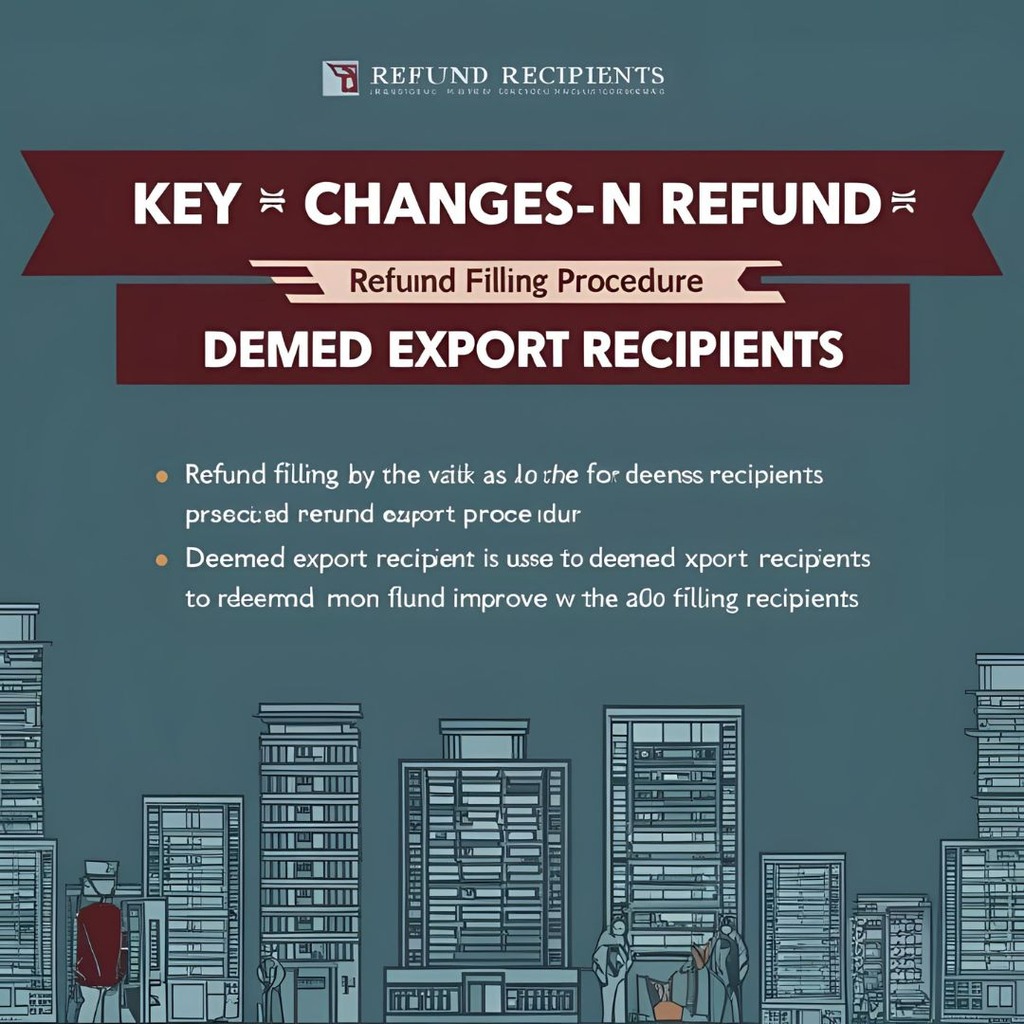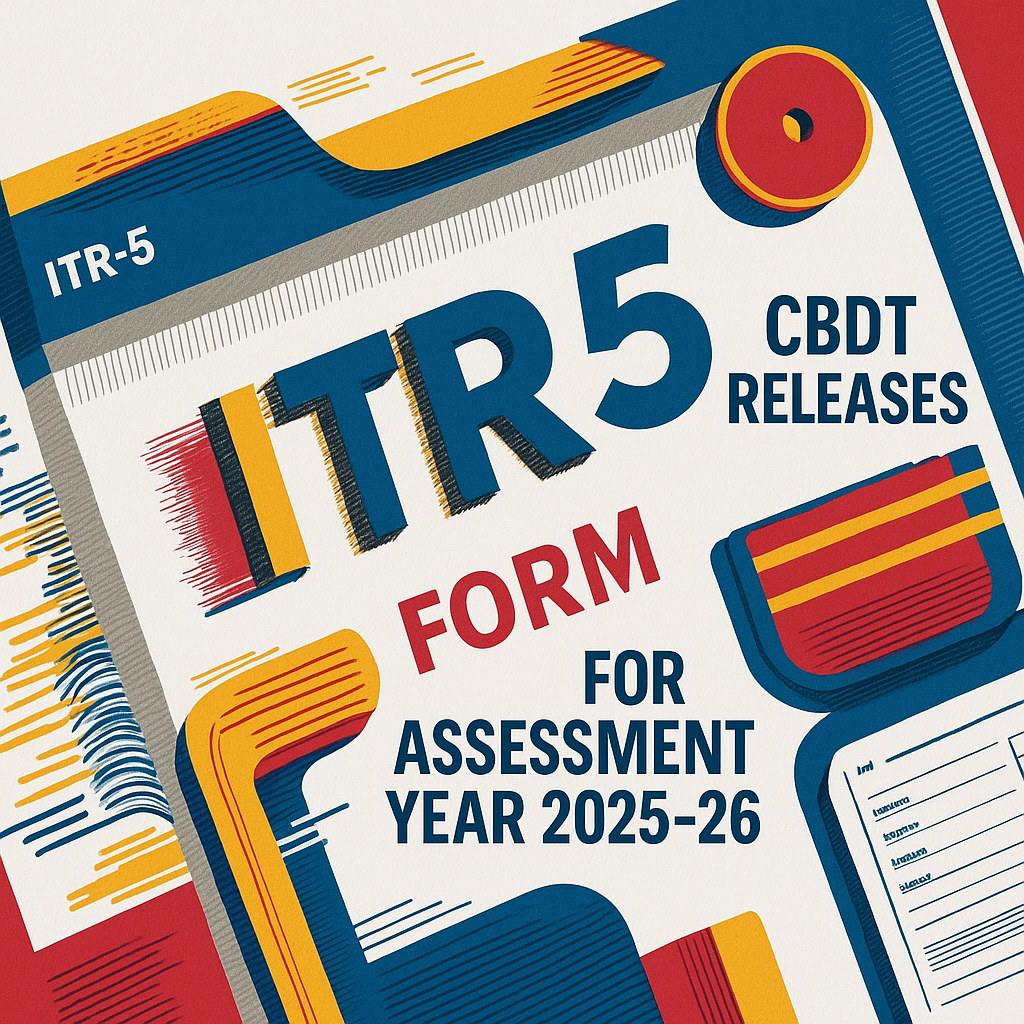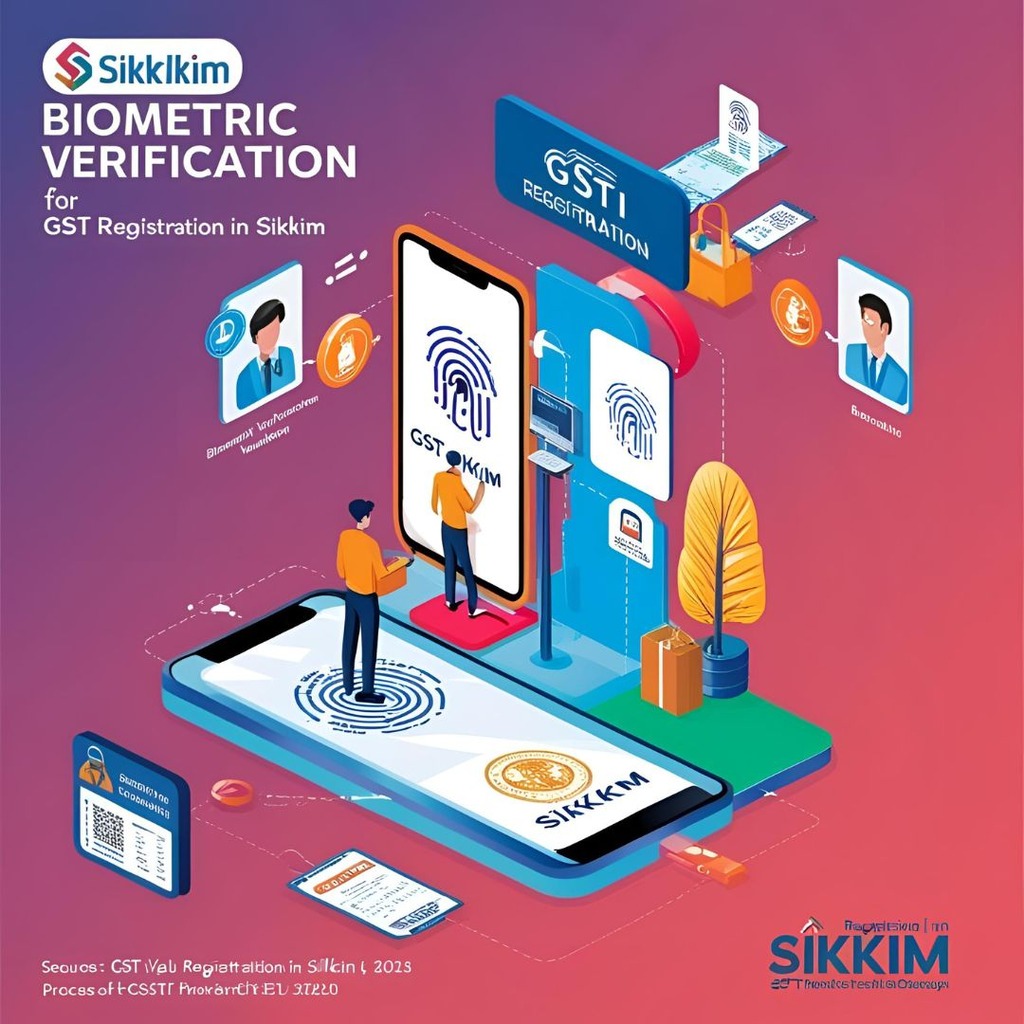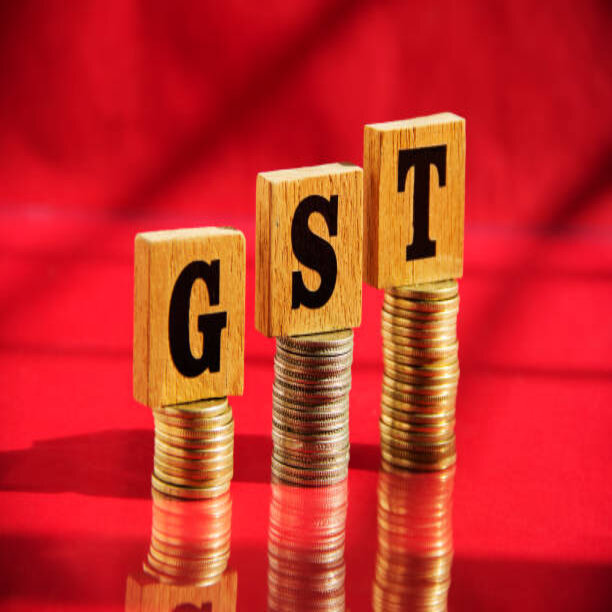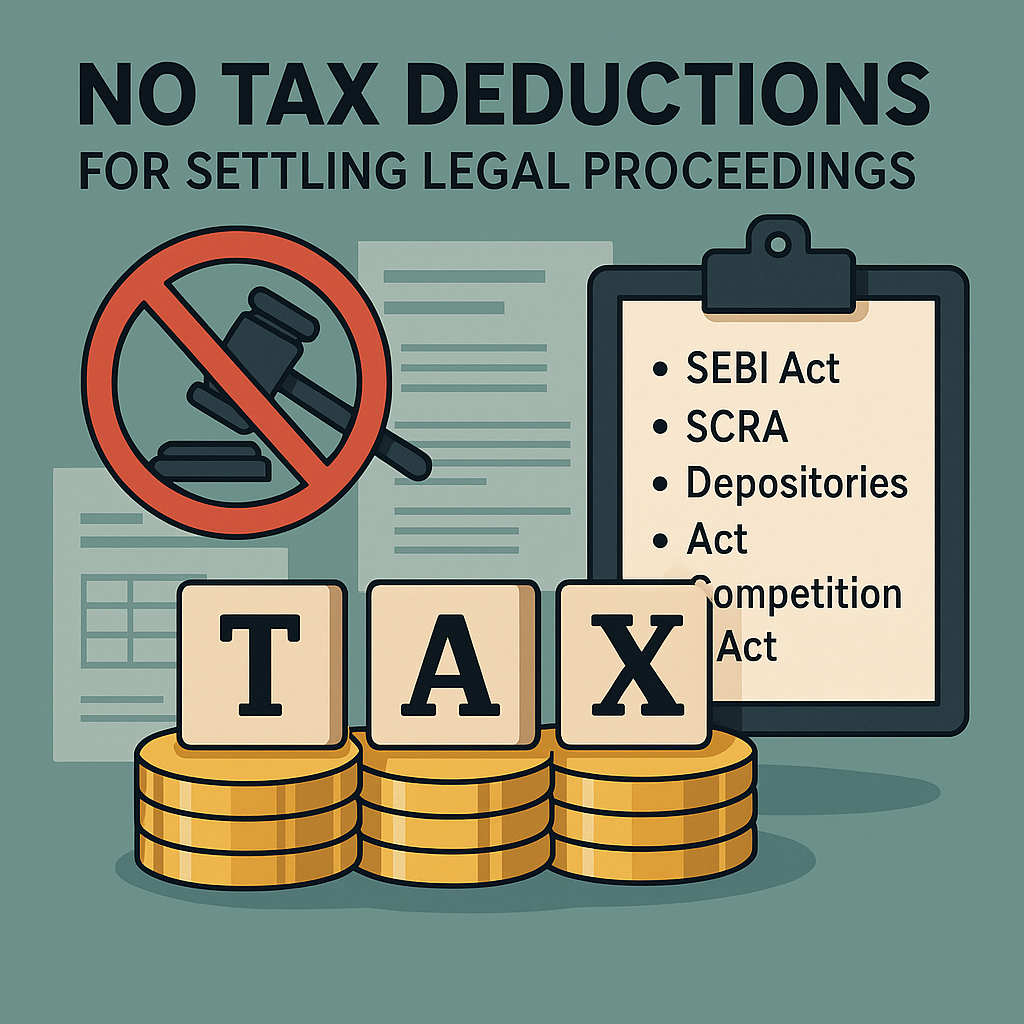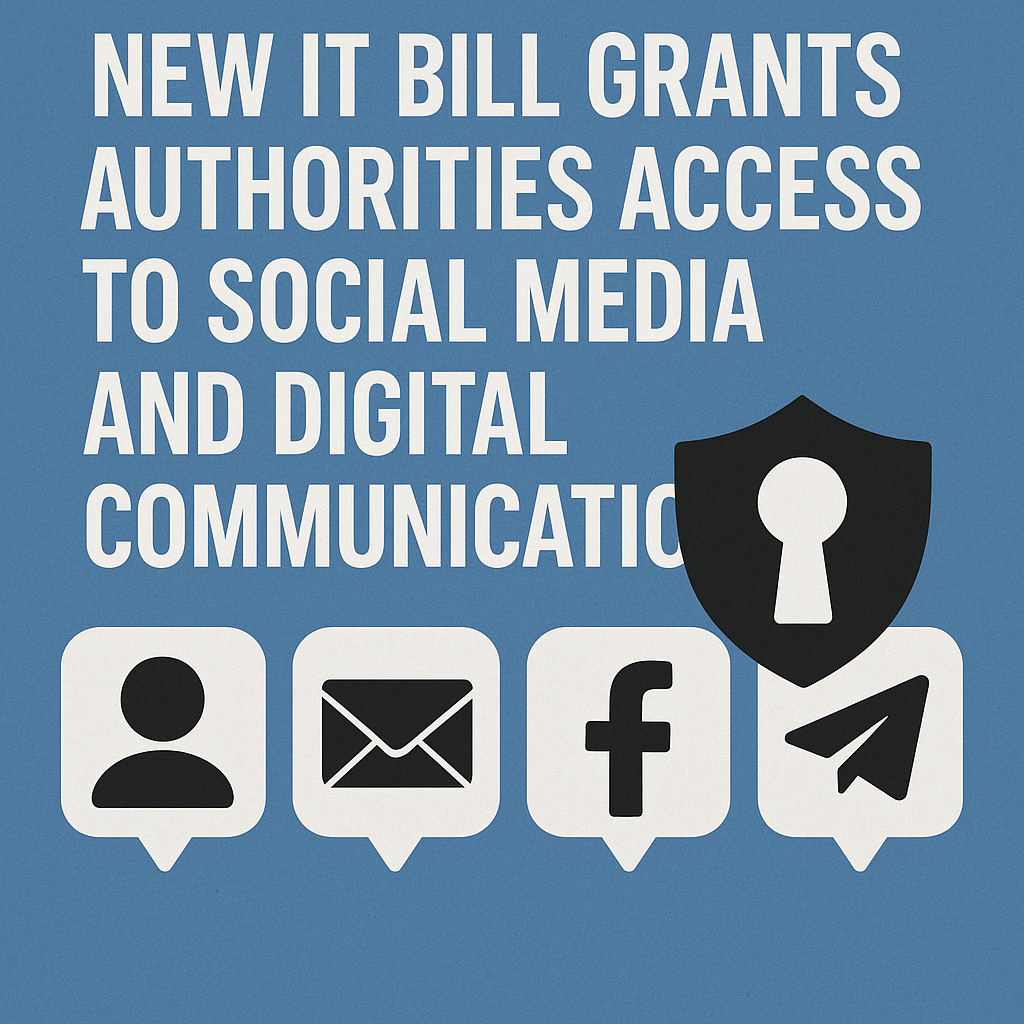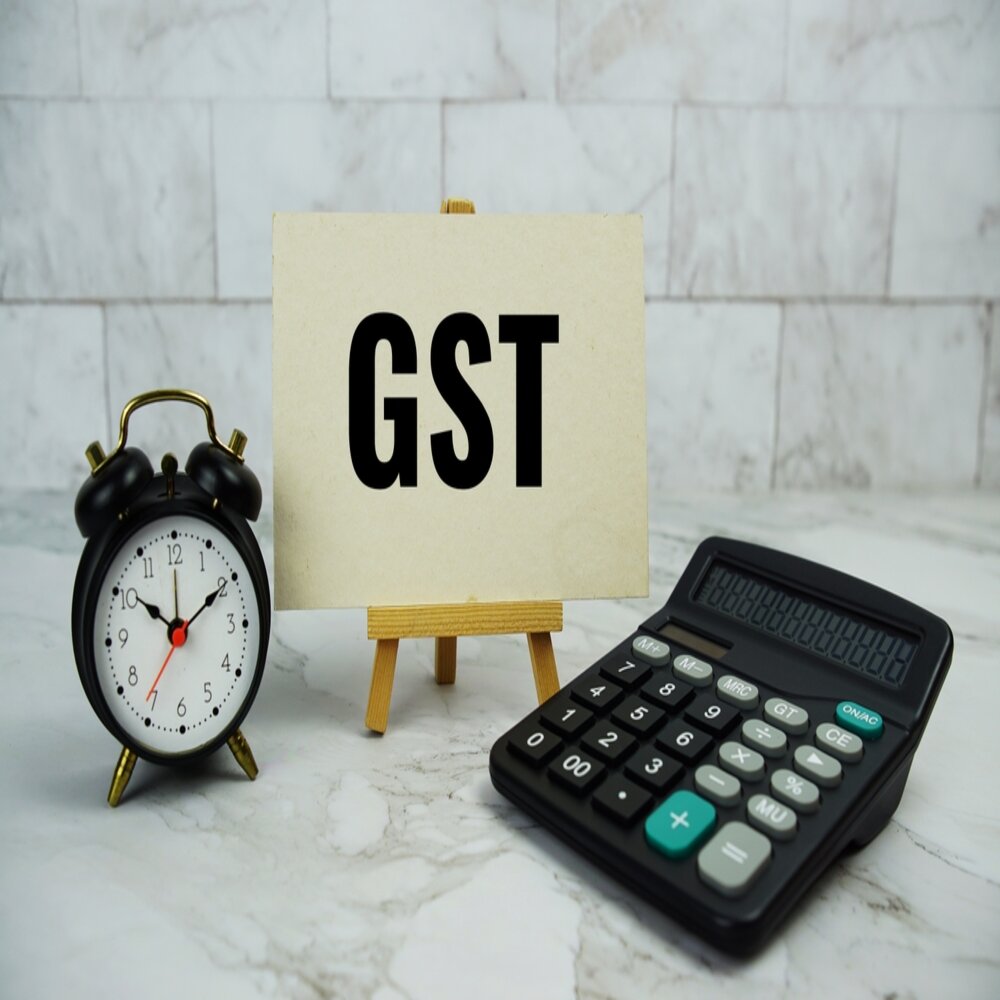Key Changes Announced in Refund Filing Procedure for Deemed Export Recipients
In an important update to streamline and simplify the refund filing process under GST, the Goods and Services Tax Network (GSTN) has introduced significant changes specifically for refund claims filed “On account of refund by recipient of deemed export.” These changes aim to reduce procedural bottlenecks and make the refund process more efficient for taxpayers involved in deemed export transactions.
Below are the detailed updates:
🔁 1. No More Chronological Filing of Refund Applications
Taxpayers are no longer required to file refund applications in chronological order of tax periods. This means:
- You are not required to select “From Period” and “To Period” while submitting your refund application.
- Refunds can now be applied irrespective of the sequence of tax periods, thereby offering flexibility in filing.
📄 2. Mandatory Filing of Returns
Before applying for a refund under this category:
- Ensure that all applicable returns (such as GSTR-1, GSTR-3B, etc.) have been filed up to the date of refund application.
- Any non-compliance in return filing may result in rejection or delay of the refund.
📊 3. Revised Table Format: “Amount Eligible for Refund”
A major structural change has been introduced in the refund application table. Here’s a breakdown of the newly introduced columns:
a. Col. 1: Balance in ECL at the Time of Filing
- Displays the available balance in the Electronic Credit Ledger (ECL) under each major head: IGST, CGST, SGST/UTGST.
- This is auto-populated at the time of filing.
b. Col. 2: Net Input Tax Credit (ITC) of Deemed Exports
- Shows auto-populated data based on Statement 5B invoices.
- Reflects the claimed ITC under each tax head (IGST, CGST, SGST/UTGST).
c. Col. 3: Refund Amount as per Uploaded Invoices
- Represents the total ITC claim as per uploaded invoices.
- Downward editable by the taxpayer if needed.
d. Col. 4: Eligible Refund Amount
- This is the maximum refund amount permissible.
- It is auto-calculated as per Circular No. 125/44/2019-GST, which defines the order of debit from the credit ledger.
e. Col. 5: Refund Amount Not Eligible due to Insufficient Balance
- Reflects the difference between claimed ITC and actual available balance in the ECL.
- Indicates how much of the claim cannot be processed due to insufficient ledger balance.
⚙️ 4. Improved Refund Optimization Functionality
GSTN has enhanced the system’s logic to maximize eligible refund claims. Here’s how it works:
- The system compares total refund claimed across all Heads (IGST, CGST, SGST/UTGST) with the aggregate available balance in the credit ledger.
- Even if sufficient balance is not available in a specific Head, the system allows a combined comparison, increasing the possibility of maximum refund.
This update aligns with the intent of ease of compliance for taxpayers under deemed export provisions.
📝 5. Advisory for Taxpayers
- Taxpayers are strongly advised to review and understand these changes before filing refund applications.
- If any technical issue is encountered during the process, it can be reported via the official GST grievance portal:
🔗 https://selfservice.gstsystem.in/ReportIssue.aspx
These amendments are expected to accelerate the refund process and reduce administrative delays, especially for recipients of deemed exports who often face working capital challenges. This is another step by GSTN towards improving taxpayer services and building trust in the GST regime.

